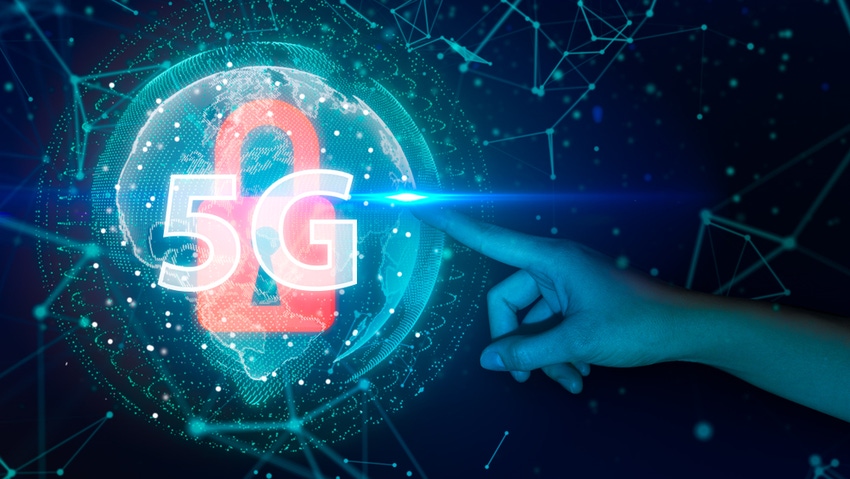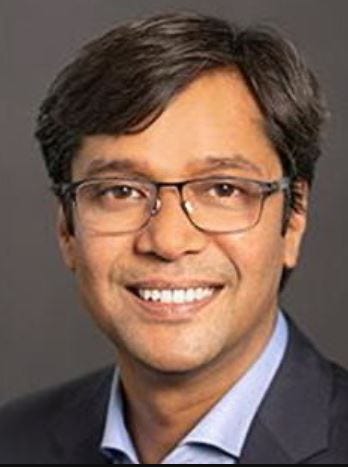Hyperscalers are offering more tools and solutions to telecommunications providers.

MOBILE WORLD CONGRESS — As the world’s largest hyperscaler providers expand partnerships with telco and mobility providers, analysts say 5G is underdelivering on its hype.
The GMSA’s annual event has drawn announcements from the world’s most influential providers of 5G networks, equipment and services. However, a large portion of the news coming out of the event focuses on the efforts public cloud providers are making to “entice telecom companies,” as Forbes put it. Google Cloud, AWS and Microsoft Azure all unveiled solutions designed to help communication service providers (CSPs) automate and optimize workloads on hyperscaler infrastructure.
Microsoft previewed its Azure Operator Nexus, which it reportedly designed for carrier-grade workloads.
In the meantime, Google Cloud announced three telecom-focused products: a cloud-native automation solution based on Kubernetes, a data fabric solution, and an AI-powered Subscriber Insights tool.
AWS and Nokia together unveiled a Cloud Radio Access Network (RAN). The solution will use Nokia’s software and Smart NIC accelerator on AWS infrastructure. In addition, AWS last week unveiled a Telco Network Builder. The solution, AWS execs said, expands its partnerships with carriers to let them automate network services on AWS.

AWS’ Jeff Barr
“Today, CSPs often deploy their code to virtual machines. However, as they look to the future they are looking for additional flexibility and are increasingly making use of containers,” AWS chief evangelist Jeff Barr wrote. “AWS TNB is intended to be a part of this transition, and makes use of Kubernetes and Amazon Elastic Kubernetes Service (EKS) for packaging and deployment.”
Cloud-Telco Partnerships
The partnerships between hyperscalers and telco providers are nothing new. For example, AT&T in 2021 sold its 5G core network to Microsoft. That put the core of AT&T’s 5G network and the management thereof in Azure’s hands.
Scott Bicheno of Telecoms.com wrote that “Telecom’s dysfunctional relationship with Big Tech will cloud (pun intended) conversations” at MWC. (Telecoms.com is a sister website to Channel Futures.)
“On one hand, European operators insist that, as the source of much of the traffic they carry on their networks, U.S. Big Tech should contribute to the cost of building and maintaining them. On the other, they are increasingly reliant on the likes of AWS to realise the potential of 5G. Those hyperscalers must be conscious of this paradox and it will be interesting to see how high of a profile they choose to have this year.”
Bicheno wrote that 5G is still seeking an identity.
“3G was about the introduction of mobile data, which matured in the form of 4G, but what is 5G all about?” Bicheno wrote. “…Yes, 5G offers even faster and more capacious mobile broadband, but there is still a shortage of use-cases that require more bandwidth than 4G has to offer. IoT became conflated with 5G but has existed as a concept for decades and, as Qualcomm’s latest roll of the dice indicates, is still finding its feet as a commercial proposition.”

Telecoms.com’s Scott Bicheno
Patience for 5G?
Bicheno was specifically writing about Ericsson, whose pre-brief emphasized that 5G will eventually pay dividends. To that end, Bicheno suggest that the underlying theme of MWC 2023 might be “the need for patience.”
“New generations of mobile technology are always overhyped by desperate marketers, inevitably resulting in an anticlimax. It feels like we have been wading through the Trough of Disillusionment ever since 5G was first released into the wild and the hope of everyone assembled in Barcelona will be that the ascent up the Slope of Enlightenment is now well underway,” he wrote.
Bicheno did, however, point to the growth of fixed wireless access solutions. Earnings reports from Verizon and T-Mobile show that fixed wireless has …
… arrived as a key source of revenue for the carriers, and Comcast’s own reports have shown that fixed wireless is eating into its broadband base.
Omdia recently forecast that 4G will grow subscriber numbers through 2023 and remain the most popular mobile network technology up until 2027. And although various vendors have offered use cases of businesses benefitting from private 5G networks, even those success stories come from a limited sample size.
Omdia’s Pablo Tomasi gave an interesting video interview with Light Reading’s Kelsey Kusterer Ziser about how service providers are meeting hype for private 5G. Namely, he expressed some skepticism about the universality of private 5G networks when it comes to verticals. (Light Reading is a sister website to Channel Futures.)
“I think we are at the turning point where we need to move from hype into, ‘OK, this may not be such a gigantic opportunity, but it’s still a good opportunity that is growing at a rational speed,'” Tomasi said in the interview.
Network Expansion Slows
In the meantime, Ericsson announced layoffs last week and had increased that number to 8,500 as of Monday. The company’s North American leader told Light Reading that the cuts reflect a slowdown following aggressive network expansions by operators. Ericsson provides Open Radio Access Networks (Open RAN), which enables operators to connect users and their devices to mobile networks and web applications.
Cisco and T-Mobile
Speaking of fixed wireless, Cisco announced that it will offer Meraki 5G cellular gateways to support T-Mobile’s fixed wireless offerings. The offering combines T-Mobile’s managed fixed wireless access service with Cisco Meraki MG51 and MG51E cellular gateways, all managed through the Meraki cloud platform.
Moreover, the companies said the joint offering can provide up to 2 Gbps of download speed and p to 300 Mbps of upload speed.

T-Mobile’s Mishka Dehghan
“We have crossed many 5G milestones and world-firsts with Cisco and today is no exception as T-Mobile is the first to offer this cutting-edge Cisco Meraki technology,” said Mishka Dehghan, senior vice president of strategy, product and solutions engineering for T-Mobile Business Group. “This marks another significant achievement in how T-Mobile delivers to businesses the fastest and simplest way to scale 5G business internet anywhere.”

Cisco’s Masum Mir
“The future of connectivity is wireless, and Cisco and T-Mobile are helping customers across all industries realize how 5G wireless technology can transform their business,” said Masum Mir, senior vice president of provider mobility for Cisco Networking. “Together, we are leading the new era of 5G, helping businesses from small to large with simple, secure and reliable connectivity solutions that help them go fast and grow fast.”
Want to contact the author directly about this story? Have ideas for a follow-up article? Email James Anderson or connect with him on LinkedIn. |
Read more about:
VARs/SIsAbout the Author(s)
You May Also Like


